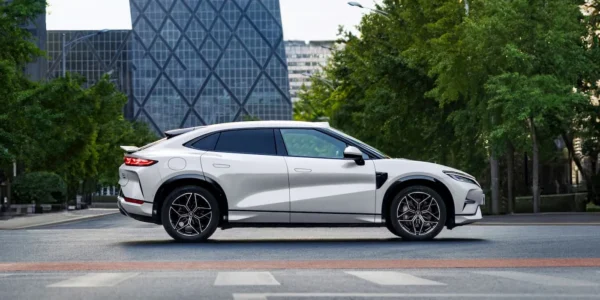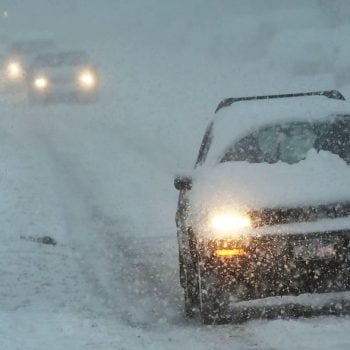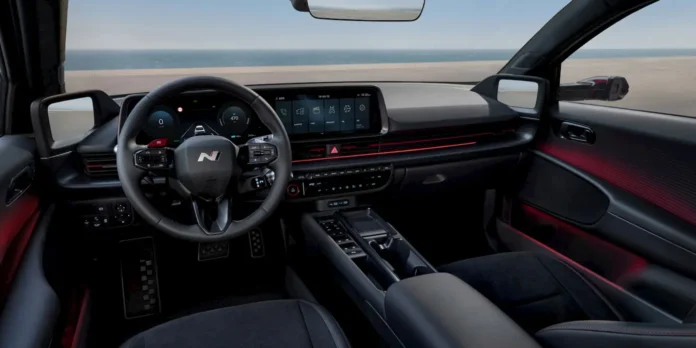How Nepal Became a Leader in EV Adoption
While the world often looks towards the U.S., Europe, and China for electric vehicle (EV) trends, Nepal is quietly making headlines of its own. With 76% of new passenger vehicles sold in the last year being electric, this small nation is outpacing many larger countries when it comes to electrifying its roads. But how did we miss this amazing story?

The Factors Driving Nepal’s EV Revolution
Nepal’s unique position stems from several key elements: abundant hydropower, strategic import tax policies, and a burgeoning infrastructure. Their power grid, which harnesses river energy from the Himalayas, provides a clean alternative to fossil fuels. A critical fuel crisis in 2015 resulted in a national shift towards hydropower, ensuring energy reliability and affordability. With electricity rates supporting EV usage, Nepal has positioned itself to lead in electrification.
Challenges and the Road Ahead
Despite incredible growth, challenges loom over Nepal’s EV aspirations. Import taxes for electric vehicles have been reduced significantly, but political instability poses a potential threat to sustained progress. Moreover, many areas still lack proper charging infrastructure. To support the growing EV fleet, the government is investing in expansion, yet it remains vital to develop a plan for battery recycling and vehicle safety standards. The next big step is transforming public transit, ensuring that buses and two-wheelers also move towards electrification.




